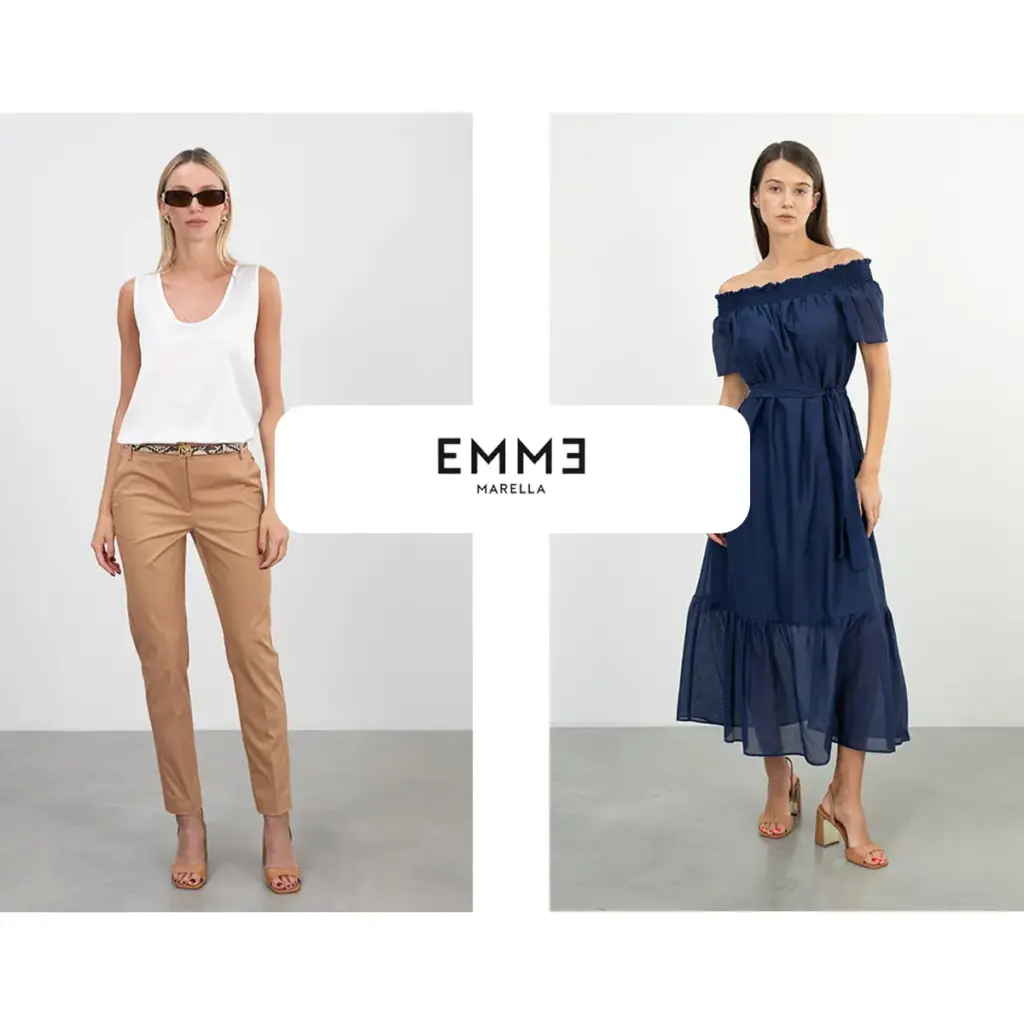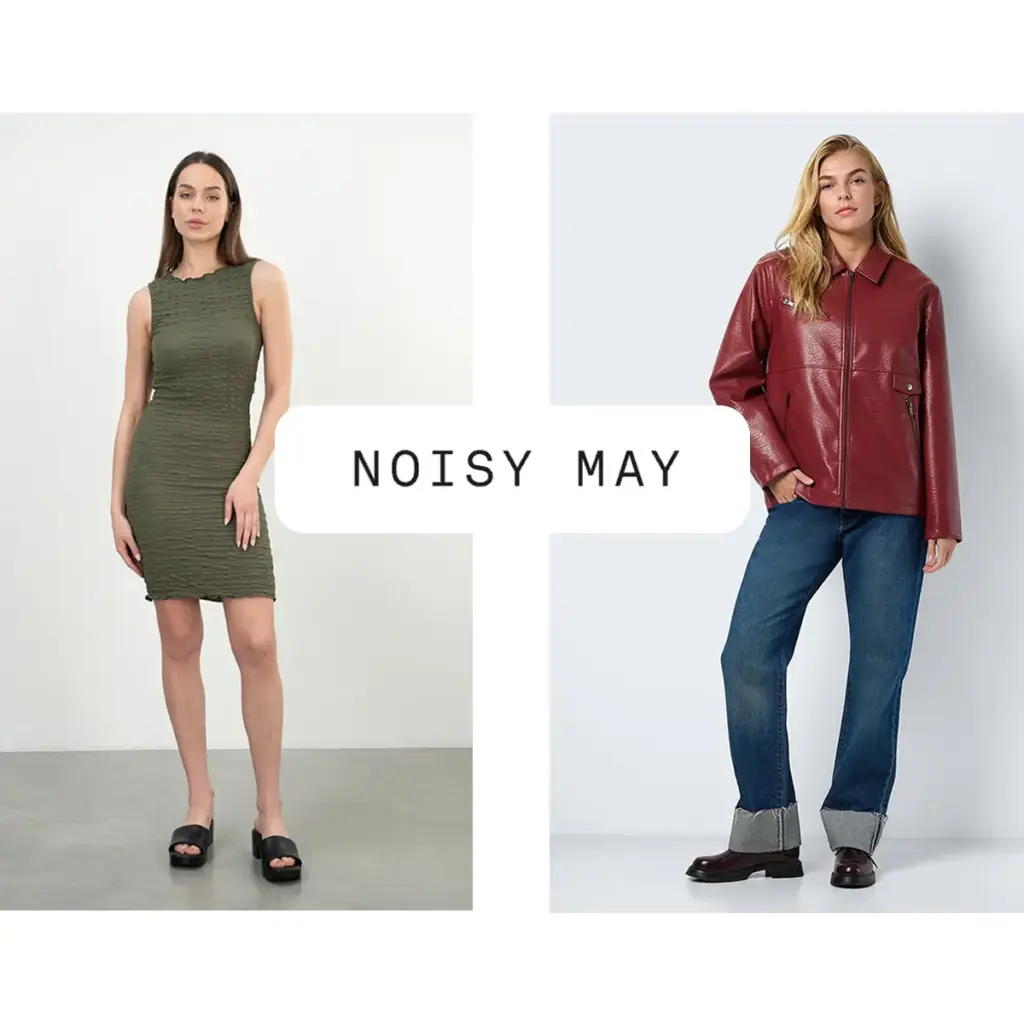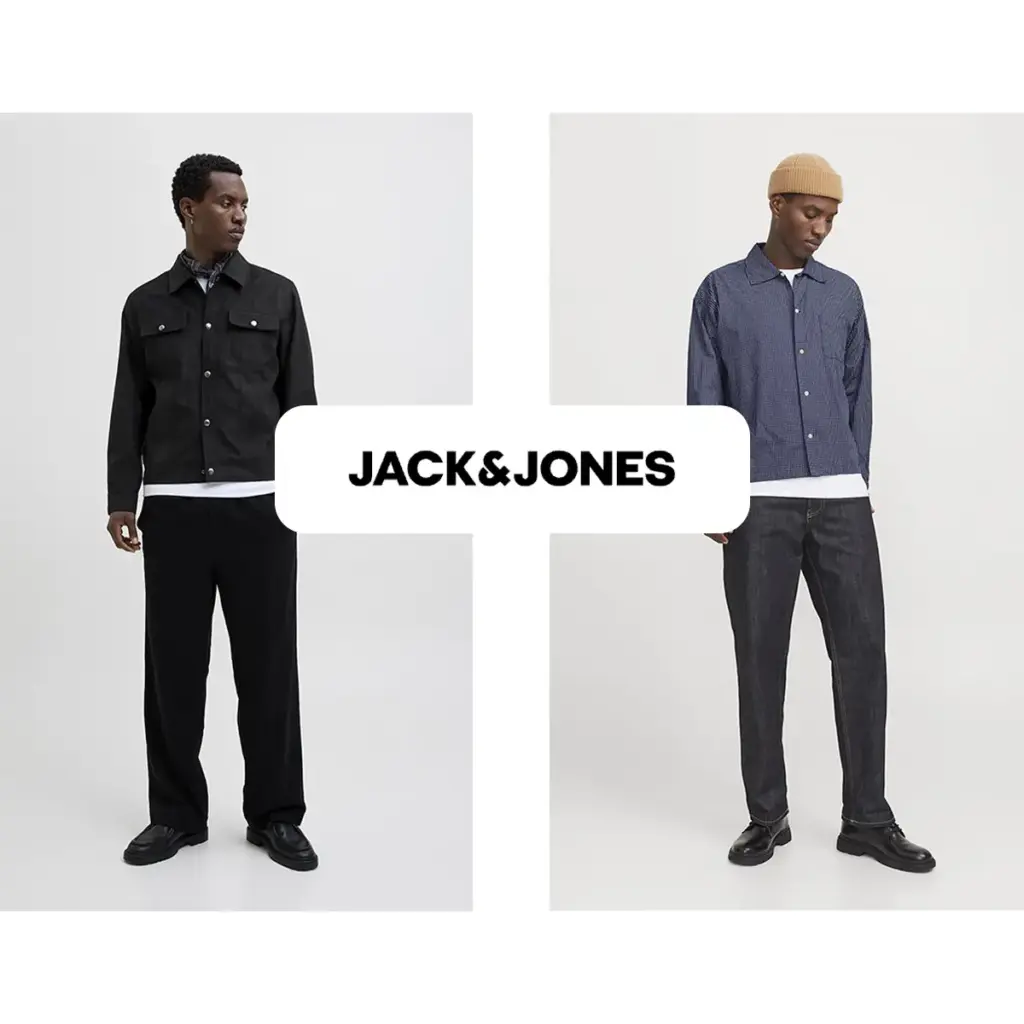How Fashion Retailers Can Reduce Lost Sales from Stockouts
Over 50% of fashion retailers have lost revenue due to stockouts, costing the industry billions each year. Imagine this: A customer finds the perfect outfit online, but their size is unavailable. Instead of waiting, they go to a competitor – with the right stock. That’s lost revenue, lost marketing spend, and a lost customer.
Stockouts don’t just frustrate customers; they impact conversion rates, marketing budgets, and long-term customer retention. According to a recent report, 46% of UK retailers have experienced stockouts, leading to lost sales (Brightpearl). The problem is particularly severe in the luxury goods sector, where 92% of firms struggle with stock shortages (Brightpearl).
The Root Causes of Retail Stockouts
Retailers not only struggle with stockouts but also with excess inventory in slow-moving categories. AI-powered solutions can help balance demand forecasting, preventing both stock shortages and overstock.
Stockouts are often attributed to unpredictable surges in demand, but poor demand forecasting and inaccurate reporting also play a major role. Additionally, global eCommerce growth has put immense pressure on supply chains. According to Statista, global retail eCommerce sales reached $5.8 trillion in 2023, with projections indicating a 39% growth, surpassing $8 trillion by 2027 (Statista). Many manufacturers struggle to keep pace with demand, exacerbating stock shortages in fashion retail.
A recent report highlights key contributors to stockouts (Brightpearl):
- Increased shipping costs (64%)
- Longer product delivery times (54%)
- Rising raw material prices (40%)
These challenges lead to delayed deliveries, cash flow constraints, and wasted marketing spend when stockouts occur during peak shopping seasons.
Strategies to Reduce Lost Sales
Retailers face an urgent need to adopt AI-driven solutions to counteract stockouts effectively. Prime AI’s suite of tools seamlessly integrates with existing retail operations, providing actionable insights that drive conversions and reduce lost sales.
| Feature | Traditional Methods | Prime AI Solutions |
|---|---|---|
1. Product Assortment Optimisation
Stockouts occur not just due to supply chain issues but also because retailers struggle to predict sizing demand accurately. Prime AI’s Fit Finder uses AI-driven insights to help retailers fine-tune their inventory and ensure customers find their perfect fit the first time.
Beyond reducing stockouts, Fit Finder provides retailers with real-time sizing data and demand forecasting metrics. By analyzing customer preferences, purchase trends, and size availability, retailers can:
- Identify size gaps in their product assortment, ensuring high-demand sizes are consistently stocked.
- Improve stock allocation by understanding which sizes sell faster and where adjustments are needed.
- Forecast future demand with greater accuracy, reducing overstocking or understocking risks.
- Reduce return rates, as customers receive accurate size recommendations, improving first-time fit accuracy.
Retailer Impact:
- Sport Vision reduced Nike shoe returns by 26.2% by integrating Prime AI’s Shoe Size Finder (Prime AI Case Study).
- Spier & Mackay, a menswear retailer, saw a 20% decrease in return rates over the past year after implementing Prime AI’s size finder (Prime AI Case Study).
- Aristocracy London, a luxury suit brand, significantly reduced refunds and improved customer satisfaction with Prime AI’s custom-built size finder (Prime AI Case Study).
- Playful Promises, a lingerie retailer, optimised bra sizing with Prime AI’s Bra Size Finder, reducing return rates and increasing customer confidence (Prime AI Case Study).
2. Optimising Product Discoverability
Shoppers abandon their carts when they can’t find their size, leading to lost revenue and customer churn. Prime AI’s AI-powered image recognition ensures customers are shown relevant in-stock alternatives while providing retailers with valuable insights into product demand and discoverability trends.
How It Helps:
- AI-powered image analysis identifies exact matches based on size, fabric, fit, and style.
- Visual Search technology allows customers to upload an image and instantly find similar, in-stock alternatives, reducing lost sales due to stockouts.
- Visual search can used to recommend visually similar items
- Retailers using AI-driven product discovery have seen 20-30% increases in engagement (Bloomreach).
- Revolve, a leading fashion retailer, has improved customer engagement through experiments with generative AI-powered search (Business of Fashion).
- Jenson USA, an online bicycle retailer, saw an 8.5% increase in revenue per visitor after implementing AI-powered personalization (Bloomreach).
- Retailers gain actionable data on which products are frequently searched and in demand, allowing for better stock planning and product selection.
- Reduces bounce rates by dynamically guiding shoppers to in-stock alternatives that fit their preferences.
3. Back-in-Stock Alerts and Alternative Recommendations
37% of shoppers switch brands when their preferred item is out of stock, according to industry research highlighting the importance of alternative product recommendations and back-in-stock notifications (Smaily). Preventing these lost sales requires automated solutions.
Key Retailer Wins:
- Back-in-Stock notifications via email/SMS recover 5-15% of lost sales, with merchants observing an average revenue increase of 5-15% from implementing these notifications (Smaily).
- AI-powered alternative recommendations reduce cart abandonment by up to 18%, with deep learning-based solutions increasing conversion rates by 12% (arXiv).
- Back-in-Stock emails have an average open rate of 65.32% and a click-through rate of 24.49%, demonstrating high customer engagement (Smaily).
- Retailers using Prime AI’s alerts have reported improved customer retention and increased repeat purchases by keeping shoppers engaged with timely restock notifications.
4. Leveraging Existing Stock with AI-Powered Solutions
Retailers don’t need more stock, they need smarter inventory management. Prime AI’s Visual Search and Related Products technology ensures customers discover in-stock alternatives instantly while helping retailers optimize their product assortment to prevent stockouts.
Retailer Impact:
- Sport Vision improved stock turnover and reduced lost sales by optimizing inventory through Prime AI’s Shoe Size Finder (Prime AI Case Study).
- Spier & Mackay successfully minimised stock imbalances by using AI-driven size predictions, reducing excess inventory while preventing common stockouts (Prime AI Case Study).
- Aristocracy London leveraged Prime AI’s tools to ensure high-demand sizes remained stocked, decreasing refund rates and improving overall inventory efficiency (Prime AI Case Study).
- Playful Promises, a lingerie retailer, enhanced stock availability by optimising size distribution with Prime AI’s Bra Size Finder, improving customer confidence and ensuring better stock allocation (Prime AI Case Study).
Prime AI Visual Search:
- Retailers using AI-powered search have seen a 22% increase in conversion rates by showing relevant products.
- Customers can upload an image or select an item to find visually similar, in-stock products.
AI-Powered Related Product Recommendations:
- Suggests in-stock alternatives that match shopper preferences (size, fit, style).
- Reduces bounce rates and boosts conversions.
- Retailers using AI-powered recommendations have reported a 15% lift in average order value (AOV).
Seamless Integration with:
- All CMS – Shopify, Magento, WooCommerce.
- Headless systems
- Prime AI’s ‘Find Clothes by Picture’ feature for instant product discovery.
By leveraging AI-driven insights, retailers can proactively optimise inventory, reduce stockout-related losses, and improve stock turnover, ensuring a better shopping experience while maximizing revenue potential.
Final Thoughts
Stockouts are a persistent issue in fashion eCommerce, but they don’t have to be a conversion killer. By leveraging:
- AI-powered Fit Finder
- Advanced product recommendations
- Back-in-stock alerts
Retailers can retain customers, optimise inventory, and reduce return rates.
Don’t let missing sizes drain your revenue, Book a Free Demo today and see the impact for yourself!




